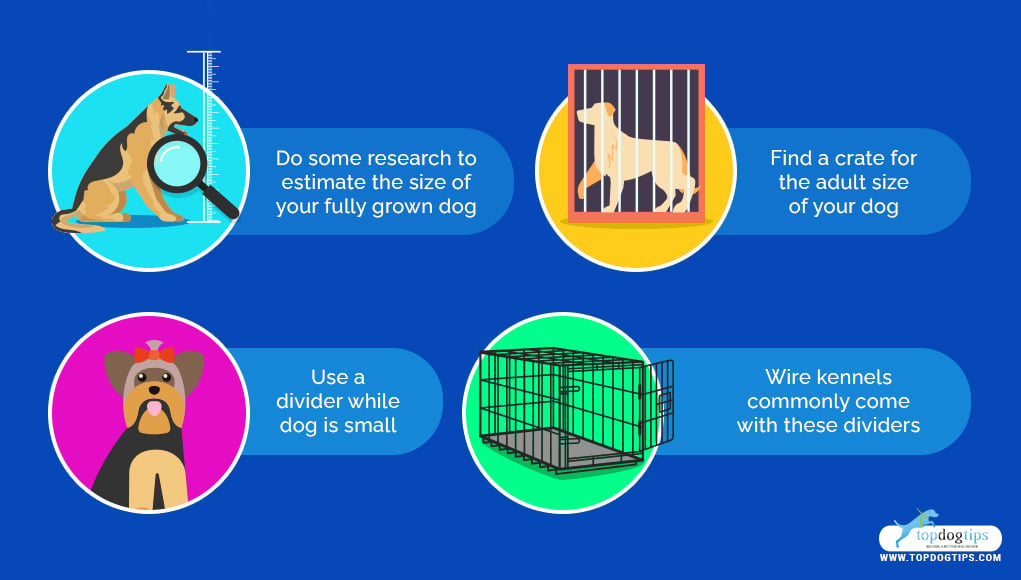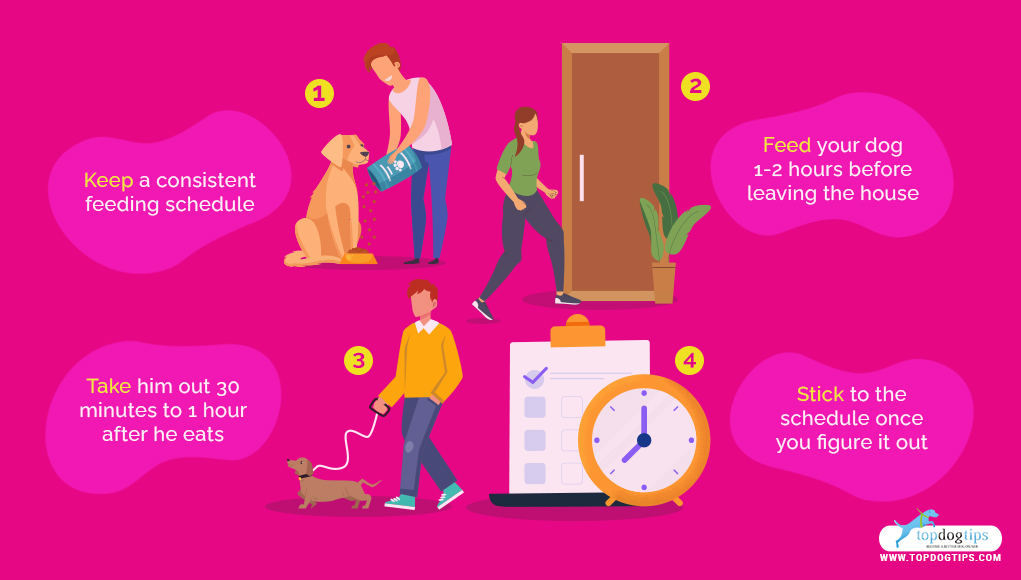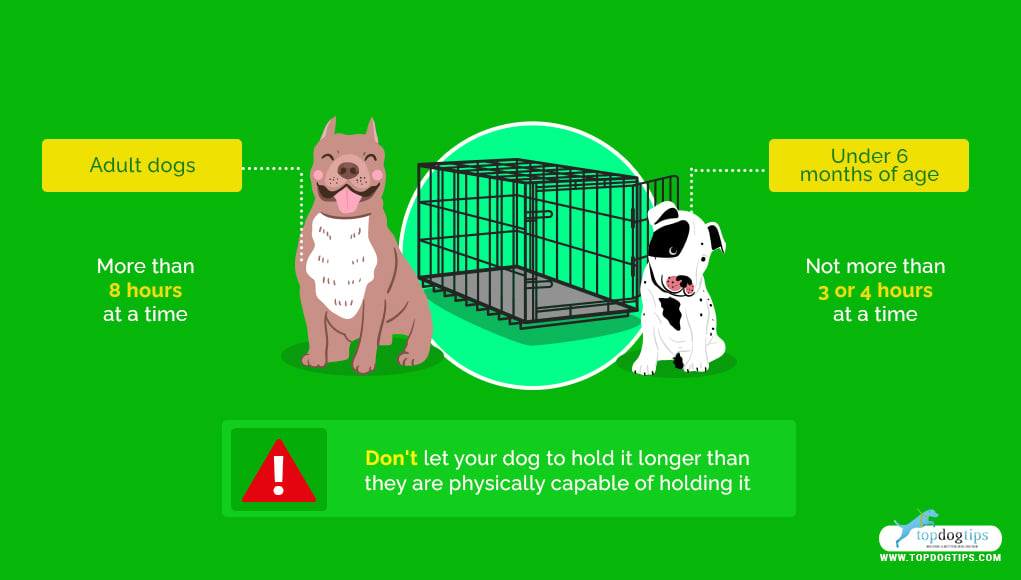Crate training a dog is an excellent way to provide your pup with a safe place to rest when you're not able to keep an eye on them.
Many dog crates can be valuable tools, but they're not a full-time babysitter and mustn't be used until your dog is house-trained. Learning how to stop a dog from pooping in a crate is an essential part of that.
Table of Contents
The last thing you want to do when you get home from a long day at work is to clean up a pile of dog poop and pee from all the cracks and crevices of a crate.
Not to mention the fact that your whole house will stink of dog feces by the time you get home to clean it up.
Peeing and pooping in a crate is fairly common, and there are three things that you have to do to stop dogs from pooping in a crate:
- Ensure the crate is the right size for your dog;
- Get Fido on a feeding and bathroom schedule;
- Please don't leave the dog in his crate for too long.
Below I will discuss each of these in more detail, so you can understand exactly how to stop a dog from pooping in a dog crate and how to train your puppy fast and effectively.
How to Stop a Dog From Pooping in a Crate

1. Is the Dog Crate the Proper Size for Your Pet?
As I explain in the video above, dog crate sizes are significant, and you must select the exact size for your pet. If a crate is too small, the dog will be uncomfortable.
And if the crate is too large, the dog will have room to defecate and urinate in the back of the crate and curl up to sleep in the front of the crate.
This can be tricky if you're trying to select a dog crate for a puppy but not impossible.
You'll need to do some research to accurately estimate the size of the crate your dog will need when he's fully grown.
So, instead of buying a small crate for the puppy and then having to repurchase additional crates as the dog grows, find a crate that will be the right size for your pet when he's an adult and use a divider to section it off while the dog is small.
As I show in my video, many dog kennels come with these dividers, but wire kennels are the most common.

2. Start a Feeding and Bathroom Schedule
Picking the right dog crate isn't the only key; timing and schedule are vital because dogs are creatures of routine.
Without a consistent schedule, how will you know when your dog needs to use the bathroom? He'll go at random times throughout the day, and you'll never know when to expect it.
If you feed your pet at the same time every day, he's going to need to use the bathroom at about the same time every day.
When you keep a consistent schedule, you can ensure that you (or someone else) are home to let the dog out when he needs to go.
In my video above, the example that I share is about owners who feed their dogs before leaving for work.
So, if you wake up and feed your pet first thing in the morning, his body will have time to digest the food before you leave for work.
If you feed the dog when you put him in his crate or just a few minutes before you walk out the door, he's going to need to poop before you get home.
To learn how to stop a dog from pooping in a crate effectively, you need to work on feeding your pup consistently every day and allowing the dog the time he needs to use the bathroom before you head out for work.
It's best to feed your dog 1-2 hours before leaving the house.
Try taking your Fido out 30 minutes after he eats. If he doesn't poop, try taking him out 1 hour after he eats.
Eventually, you'll figure out his body's schedule. Once you figure it out, stick to the schedule that your dog requires to ensure he doesn't poop in his crate.

3. Don't Leave Your Dog in a Crate for Too Long
Contrary to some advice, crates aren't perfect companions for every dog, and the time the dog can handle in a crate varies. This is especially important for bladders.
If your pooch does not have the physical ability to hold his bladder or bowels for a long period of time, it won't be his fault if you leave your pup all day and he has an accident.
Puppies under 6 months of age shouldn't stay in a crate for more than three or four hours at a time.
They can't control their bladders and bowels for that long. The same goes for adult dogs being house-trained. Physically, an older dog can hold it, but they don’t know they’re supposed to.
Adult dogs should never be left in a crate for more than 8 hours at a time. No matter what age your dog is, you need to work your schedule around his needs.
You can't expect a dog to hold it longer than they are physically capable of holding it.
If you cannot come home to let Fido out, you'll have to ask a friend, family member, or neighbor to help you out.
If no one else is available, paying a pet sitter or dog walker to take your dog out to use the bathroom is a MUST!
When learning how to stop a dog from pooping in a crate, the responsibility falls on you. If your dog defecates in his crate, it's no one's fault but your own.
If you ensure that the crate is the right size, your dog is on a feeding and bathroom schedule, and that you don't leave him alone for too long, you shouldn't have anything to worry about.
READ NEXT: 11 Tips On How To Use Dog Crates Safely












